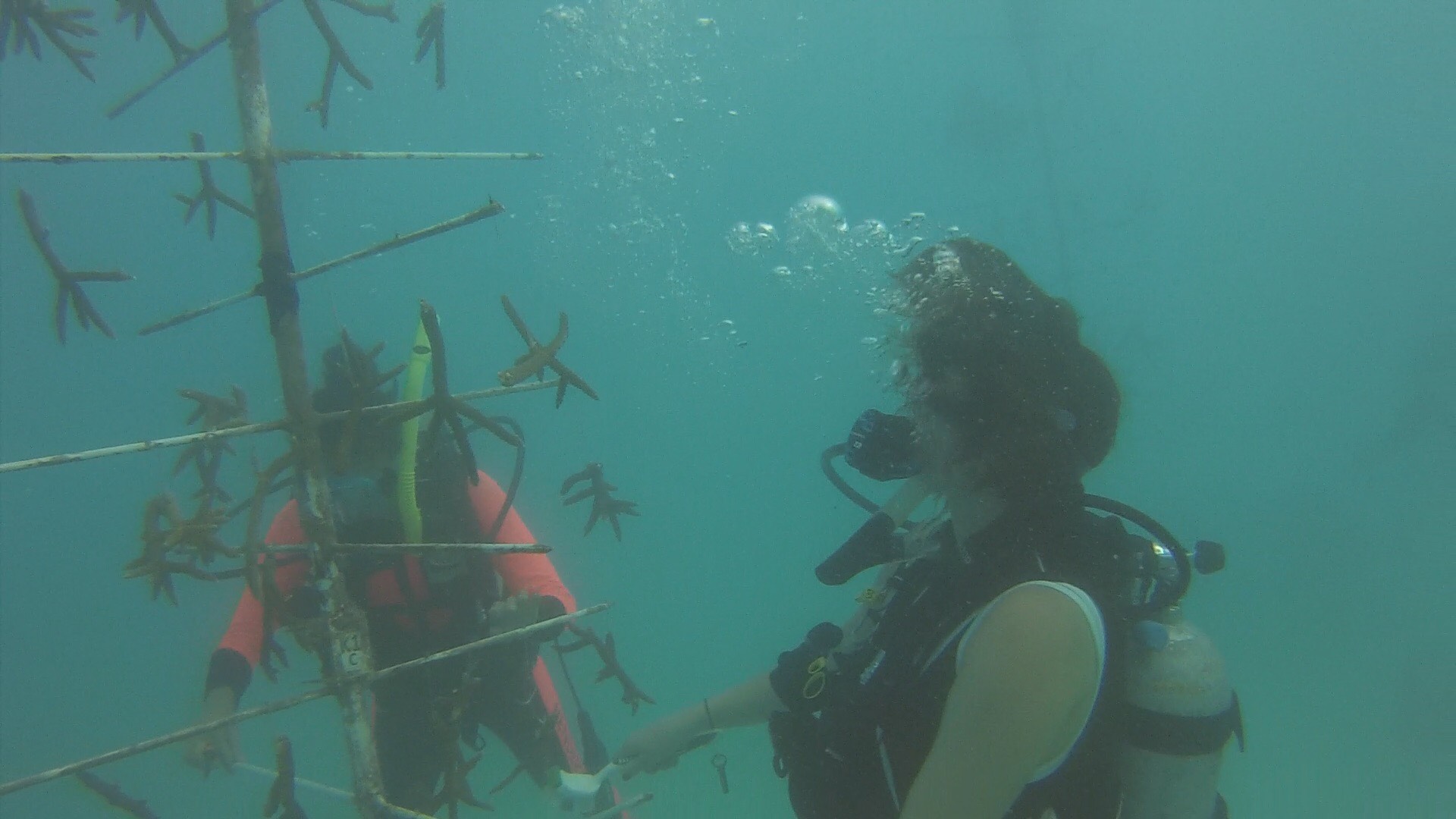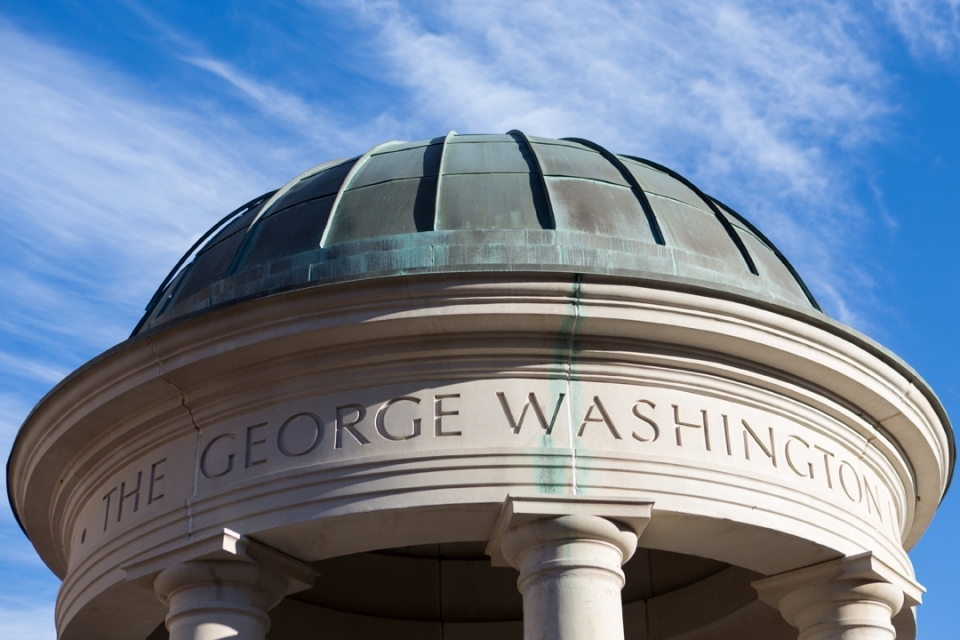By Kristen Mitchell
George Washington University diving enthusiasts spent fall break helping with coral restoration efforts in the Florida Keys after Hurricane Irma caused significant damage in the region.
Eleven members of the GW Scuba Diving Club traveled to Key Largo to help restore damaged coral with the Coral Restoration Foundation. The trip was a year in the making, according to Chloe King, a junior in international affairs, but the recent hurricane made the group’s work all that more important.
“They just needed sheer manpower after the destruction of the hurricane,” she said. “When the hurricane hit we were even more motivated to go help out. This sort of started as an idea to help out with conservation efforts, after the hurricane it became so much more than that.”
Hurricane Irma plowed through the Florida Keys as a Category 4 storm in September and caused significant damage on the islands. After three weeks of recovery, the Florida Keys reopened on Oct.1 to tourists.
The club began fundraising for the fall break trip last year and raised $3,500 with GW’s Colonial Crowdfunding program, which helped cover a portion of each student’s trip. Ms. King, who founded the Scuba Diving Club as a freshman, saw firsthand the impact of the hurricane.
Tourism is a driving economic force in the area. In popular tourist areas the recovery is moving along quickly, Ms. King said. When you travel outside those places, however, there is still much to be done.
“I was expecting to see a lot of devastation and for it to be really bad. We were staying in a pretty touristy area, and it looked OK,” she said. “When we started going further south out of the touristy area that is most visited, it was complete mayhem...It was really clear to us the difference tourism made in these areas.”
The team arrived on Oct. 6 and spent Saturday and Sunday in the water getting reacquainted with the gear and environment. On Monday, they helped restore coral trees, which are used in coral nurseries to foster growth. Coral trees are made of PVC pipe and tethered to the ocean floor where they can move with incoming waves. Young coral is hung from the tree branches where it can spread out and grow.
Coral reefs play a critical role in protecting communities on land, Ms. King said. Forceful waves hit coral reefs, which absorb and disperse some of their energy before the water reaches land. As a result of Hurricane Irma, the reefs have suffered significant habitat loss and damage, Ms. King said.
“To see that firsthand it was a really, really impactful experience,” she said.
The club, which has about 250 total members, participates in regular coastal cleanups in the Washington, D.C., area.
Gabriel Robles, a junior majoring in archeology, helped start the GW Scuba Diving Club with Ms. King as a fun way to meet people with similar interests. Over the past two years, he has become more invested in what he can do to maintain our oceans and coral reefs.
The trip was deeply personal for Mr. Robles. He grew up in Palm Beach, Fla., and has visited Key Largo several times before. Diving on the reef was “eerie,” he said, because visibility was still significantly reduced from unsettled sediment.
“You could barely see your hand stretched out in front of your face,” he said.
Selene Ramer, a sophomore who is majoring in chemistry with a minor in sustainability, has been diving for two years. Working with the coral trees was a great experience, she said.
“I always enjoy diving for a purpose. It was really memorable to be down in this nursery and just to get to see the work people are doing to restore these corals,” she said.
Like many people, Ms. Ramer watched Hurricane Irma unfold on TV. Seeing the coral damage in person was a “surreal” experience that put the event in perspective, she said. For the people in Key Largo, the hurricane devastation didn’t go away when the news cycle changed.
“It’s important to expose as many people as possible to these kinds of projects. Being so separated from the actual problem, we tend to push it to the back of our mind and not really think about it,” she said. “It makes people realize it is an actual problem that we need to work on.”



